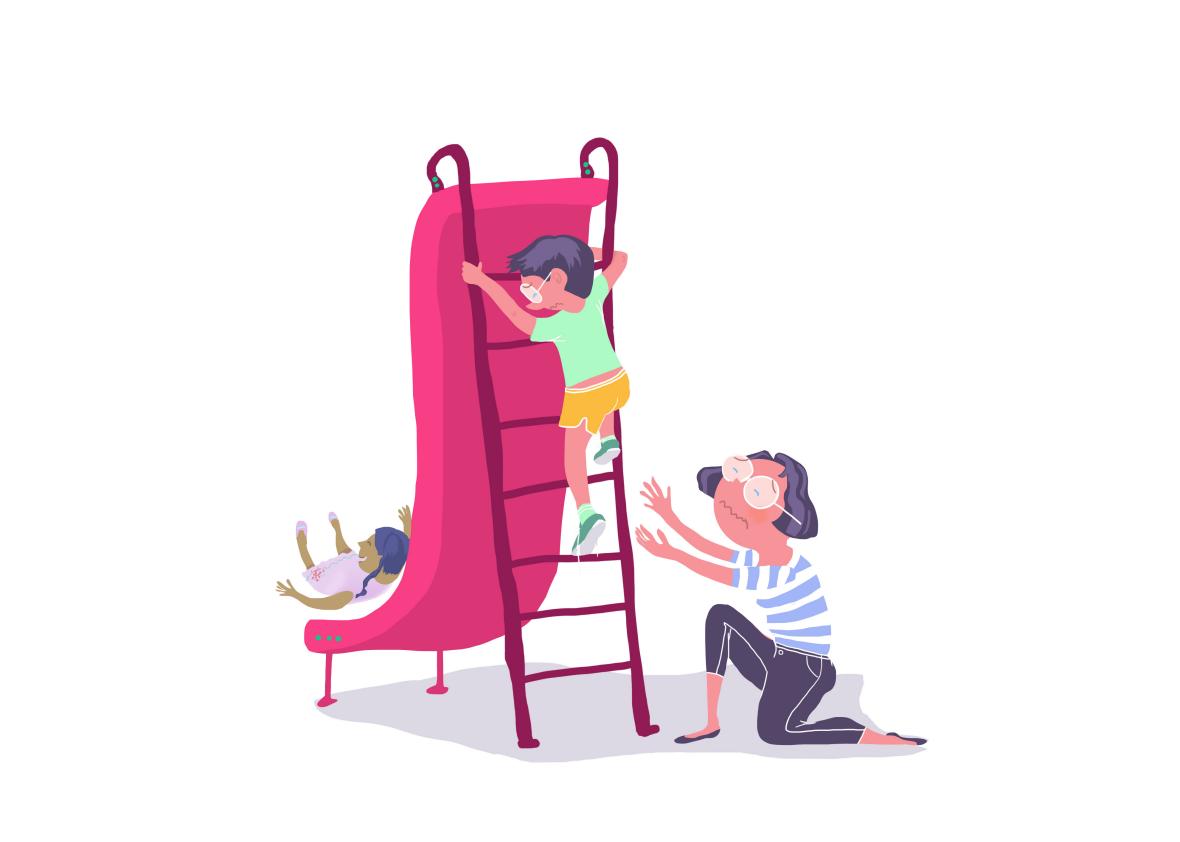
Parenting Anxiety
As most Anxiety Sisters know, anxiety is contagious. This is quite evident when anxious parents receive unhappy calls from anxious kids spending time away from home over the summer. If you are anything like us, you want to reach into the phone and quickly rescue your child from anxiety or sadness. But since that technology is not yet available, we have to settle for taking on our child’s anxiety on top of our own.
One of the greatest challenges for many anxious parents is letting our kids feel discomfort without jumping in and “saving” them. Keeping our kids happy seems just as important as keeping them safe so we take our role of Discomfort Eliminator very very seriously. And, if we cannot eliminate the discomfort, then we will take on the feeling and share their discomfort so they won’t have to be in it alone. And this is how the whole passing anxiety back and forth like a winter respiratory virus gets started. Staying with the illness analogy, it is very difficult to nurse someone back to health when you are sick in bed yourself. Once we “catch” our child’s anxiety, it becomes very difficult to help him/her manage it.
One way to interrupt this messy cycle is to recognize that, however well-intended, the message we send to our kids when we try to eliminate their uncomfortable feelings is that we don’t believe they can handle or get through those feelings on their own. Which, if you think about it, sets children up for a lifetime of not knowing how to deal with discomfort and parents up for a lifetime of 2 a.m. phone calls.
If we, instead, teach our kids (and ourselves) that uncomfortable feelings including anxiety are natural in an unfamiliar situation, we give them the tools they need to cope and, as a bonus, we won’t get all tangled up in our own anxious response. The anxiety no longer is a shared feeling, so we are able to step back and help our children manage it.
Here are some ways to help children manage whatever feelings (anxiety, sadness, loneliness, disappointment) they may be experiencing when they are away from home:
1) Resist the urge to solve the problem. Instead, actively listen to your child. Using phrases like “it sounds like you are feeling….” or “tell me more…” are often helpful to let your child know that you are trying to understand.
2) Mirror back to your child what he/she is saying to you: “I hear you are very anxious/sad/angry.”
3) Tell your child that these feelings, like all feelings, are natural human emotions and that no feeling stays forever. This is just what he/she is feeling right now.
4) Teach your child to talk to himself/herself in a self-soothing voice. “I am feeling bad right now, but I am okay.” or “This feeling will go away.”
5) Remind your child (depending on his or her age) that she/he has felt this way before and was able to manage and be okay. We want our kids to remember that they are resilient and that each time they come through something difficult, they gain more strength.
6) Spend some time breathing with your child. Remind her/him to take a breath in through the nose and out through the mouth. You can do breathing exercises together on the phone.
We want to be clear that these tips are not designed to “make your child feel better” as much as to allow your child to feel and to be accepting of all types of emotions. Likewise, as a parent, you may not feel less anxious after hearing from your anxious child, but you may realize that your child can get through anxious feelings without you absorbing them too.
